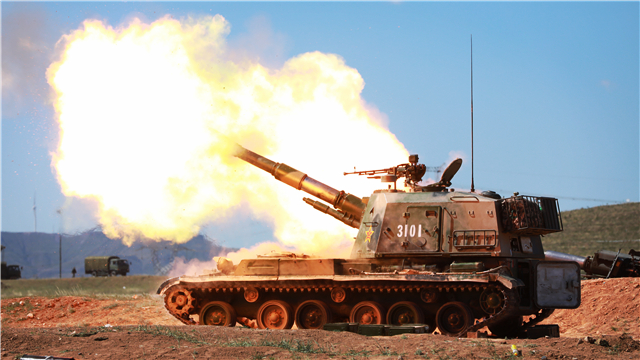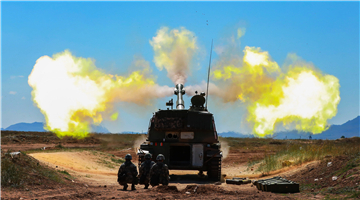
By Hu Xiaodao
The US Department of Defense (DOD) recently released the National Cyber Security Strategy Document of the United States of America (herein after referred to as “the document”). This is the first cyber security strategy report issued by the Trump administration and a national-level cyber strategy report in 15 years.
According to White House National Security Adviser John Bolton, the new policy eases the rules on the use of digital weapons to protect the nation, allowing the military and other agencies to undertake the cyber operations. This means that the United States will conduct “deterrence” in cyberspace including some tough “offensive actions” measures.
Three characteristics highlights the Trump style
Compared with the cyber security document released by the United States in recent years, the Trump administration’s policy has three major characteristics.
Firstly, the document has identified China and Russia as its targeted strategic opponents. Cyberspace Strategy report released in 2015 did not explicitly mention its major rivals in the field of cyber security but declaring that it “hopes to stop malicious actions while protecting the United States from cyber-attacks”.
While the National Security Strategy document released at the end of last year has clearly blacklisted China and Russia as “strategic opponents”, and the document focuses on “China, Russia and other countries that pose strategic threats to the United States” and stresses the all-round contest for cyber security with China and Russia in the fields of military, economy and science and technology.
Secondly, the strategic layout is based on a complete system. The previous cyber security documents focused on the cyber security situation, specific responsibility and obligation, and the forward-looking design of a single division (e.g. US DOD, US Department of Homeland Security, etc.), or a single sector (e.g. the internet, military information system, etc.).
Instead, the report tries to give a full play of the national power, converting “each administering on its own way” into “the centralized management”, and changing “passive defense” to “defense by containment”.
It’ll build up a cyberspace system with joint efforts of the US government and the military using cutting-edge technologies to broaden the military and civilian use to cope with both traditional and non-traditional threats, which will promote the overall improvement for the US military cyber deterrence capability.
Thirdly, the strategic goal puts particular emphasis on serving the economy. Trump’s cyber security strategy exudes a strong “American First”, characterized by pragmatic contraction and key adjustments, emphasizing on the US economic growth. The document signifies that Trump hopes to promote the development of global network technology by creating a good cyber security environment, and ultimately realize the development of the US network market and the US economic prosperity.
Two major trends are particularly worthy of attention
Analysts pointed out that Trump has always been attaching significant importance to cyber security. The issuance of the document signifies two major trends in cyber security in the United States and globally which are worthy of attention.
On the one hand, the relevant content of the document is subjectively suspected of “soliciting votes” for the US mid-term election scheduled at the end of this year. Meanwhile, it is objectively related to the US government and various military departments, so there will be doubts about the willingness of implementation or feasibility in the future.
In particular, it might be difficult to complete the Trump’s imaginary cyber security system within his one or two terms, and it is highly likely that the successors will “scrap it and start all over again” or even just “abandon it”.
On the other hand, as the fifth largest space of equal importance as land, sea, air and space, cyberspace has become one of the main battlefields of inter-country strategic contests. The United States, Russia, India, Japan and other countries are currently investing heavily in network talent recruitment, network weaponry research and development and cyber warfare capability. The document is likely to become a catalyst for the global cyberspace contest.
It is particularly noteworthy that the document points towards China and Russia, which may undermine the US-China and US-Russia strategic mutual trusts. The relevant consequences deserve sustained attention.
Chinese Foreign Ministry spokesperson Geng Shuang has responded hereof by saying that Chinese side hopes that the relevant US institutions abandon the Cold War mentality and the zero-sum game concept and view China-US relations in a correct way.











